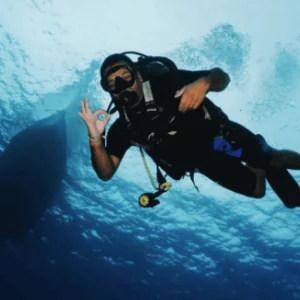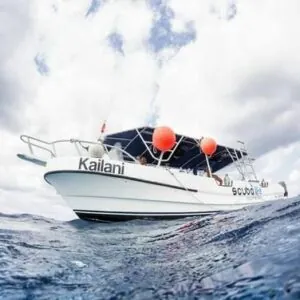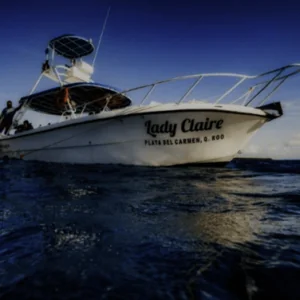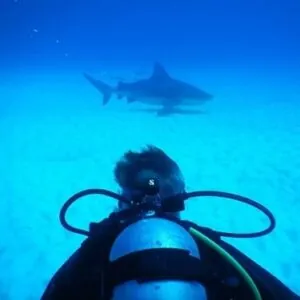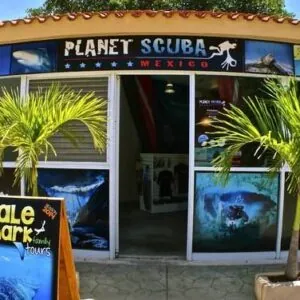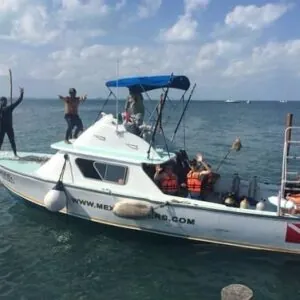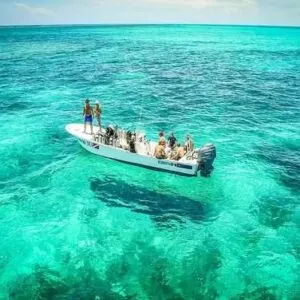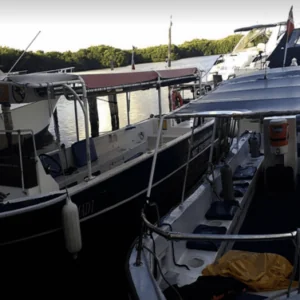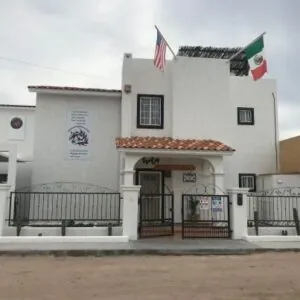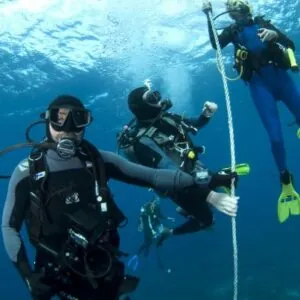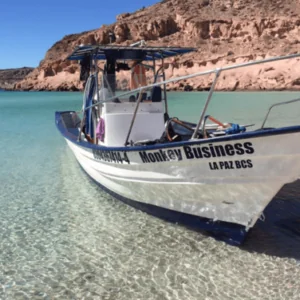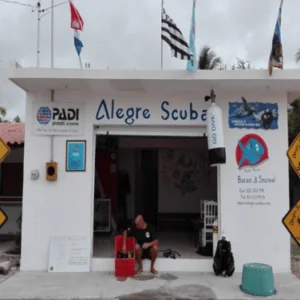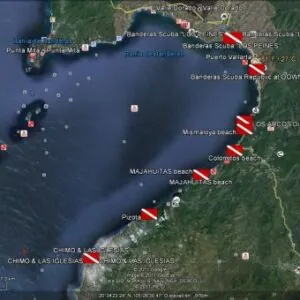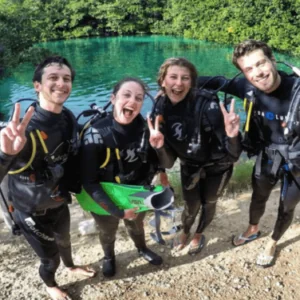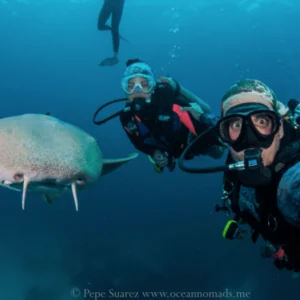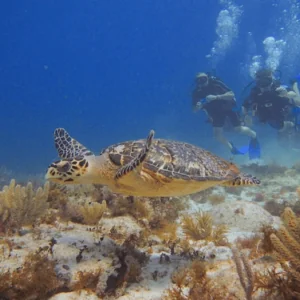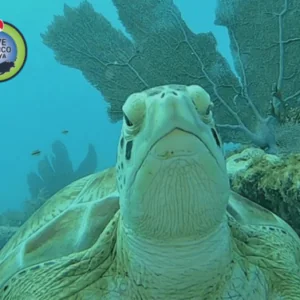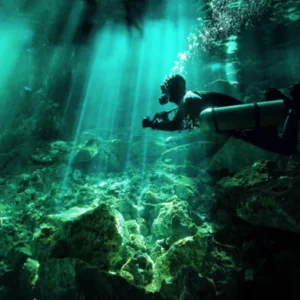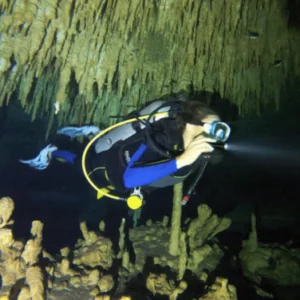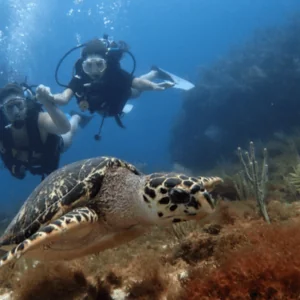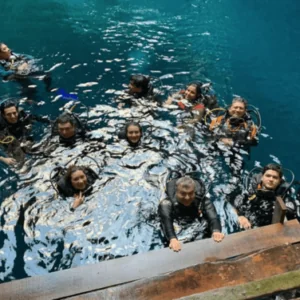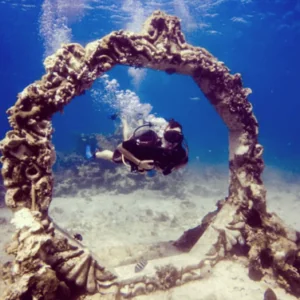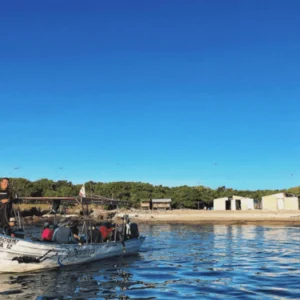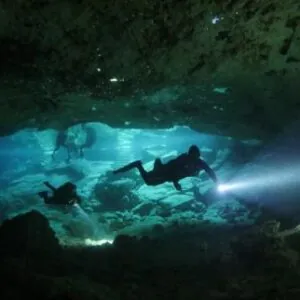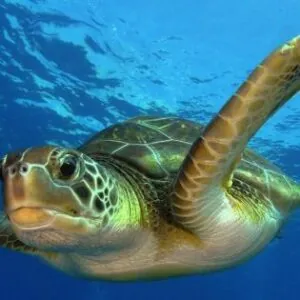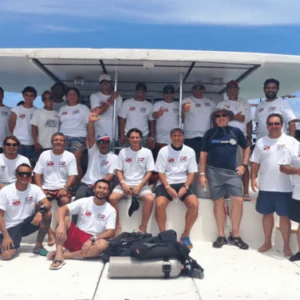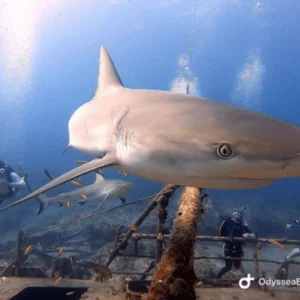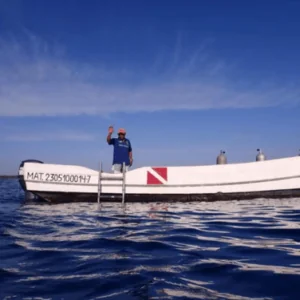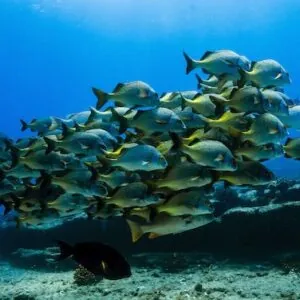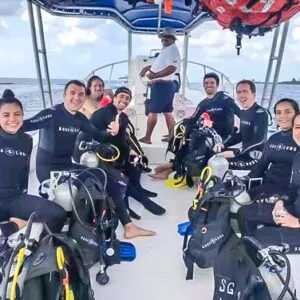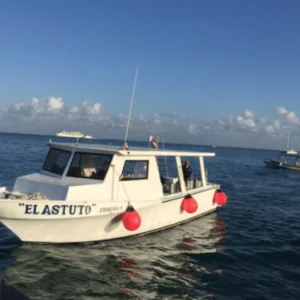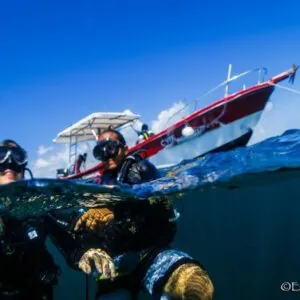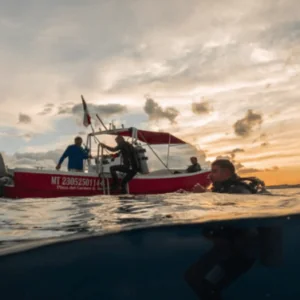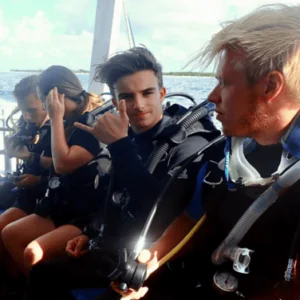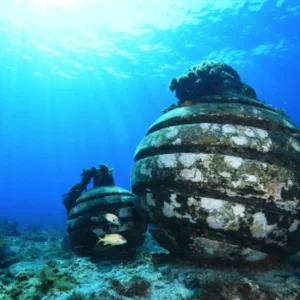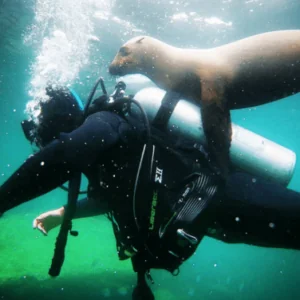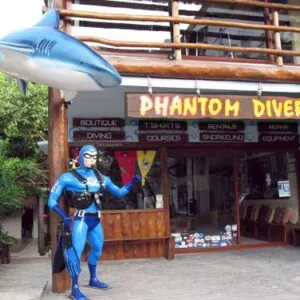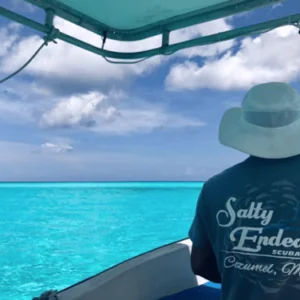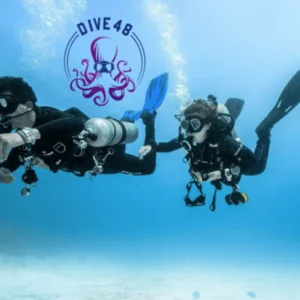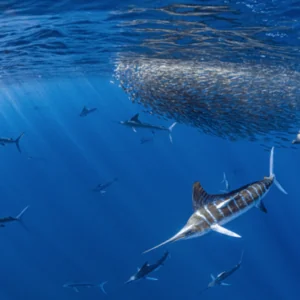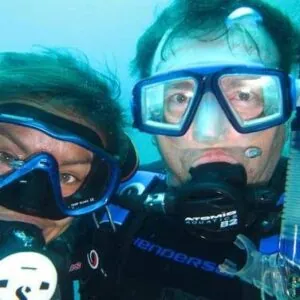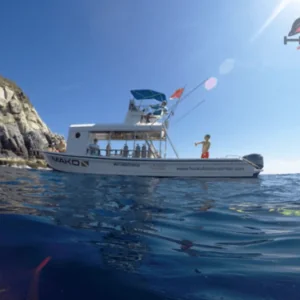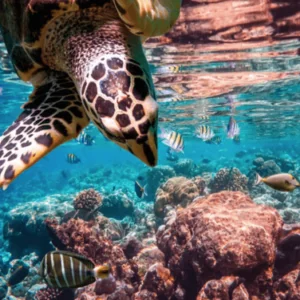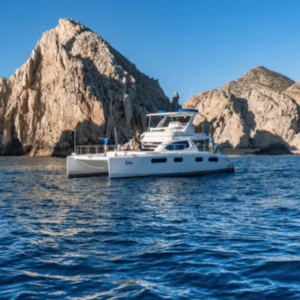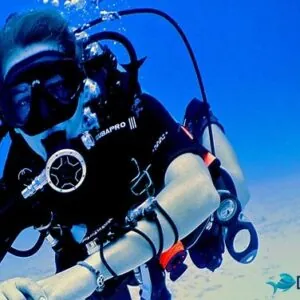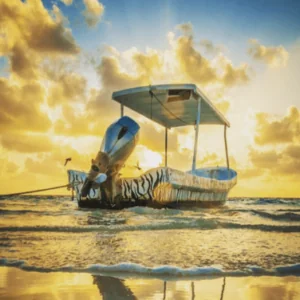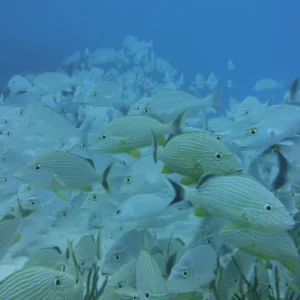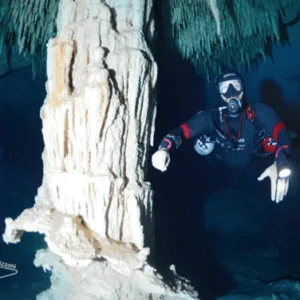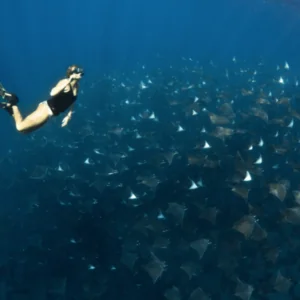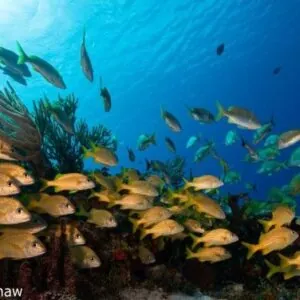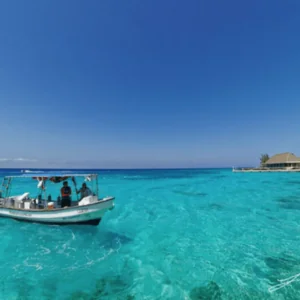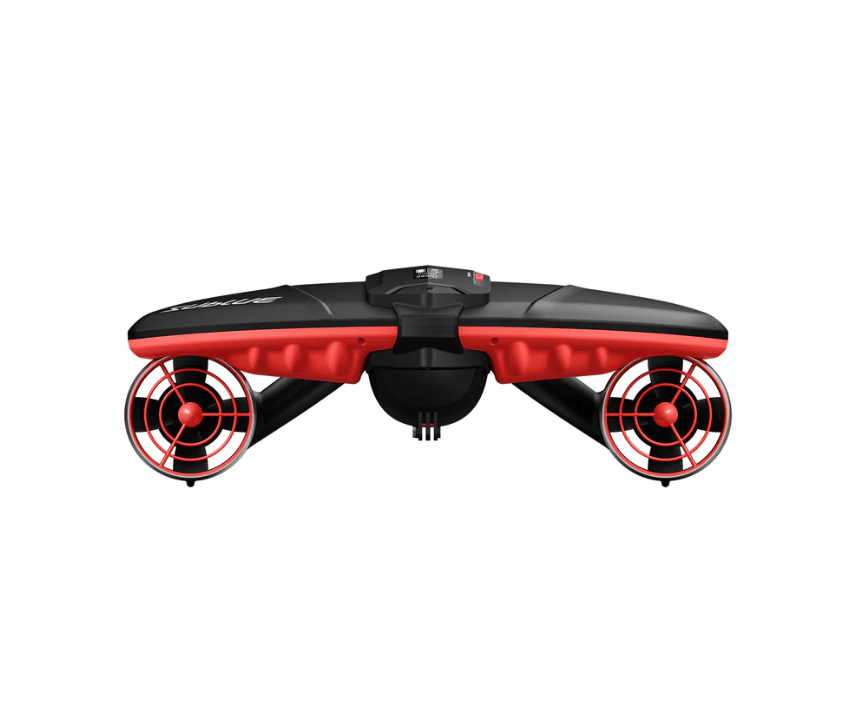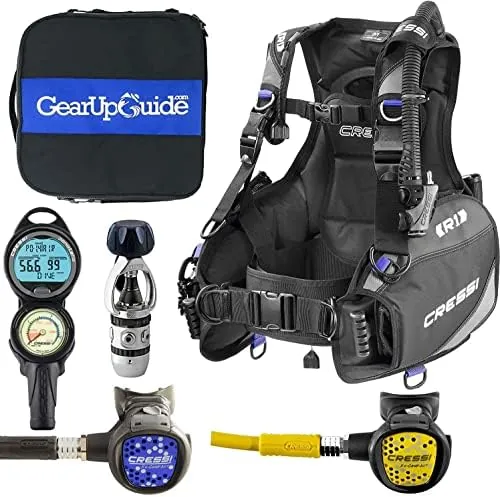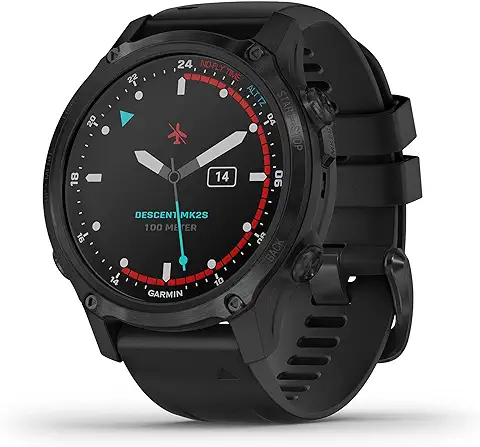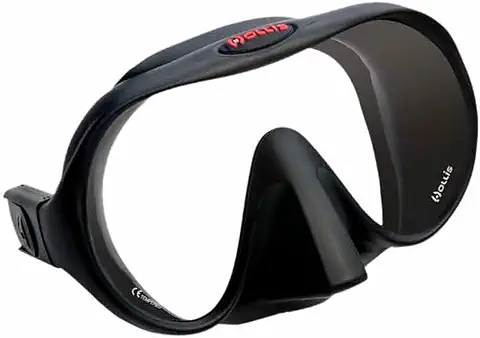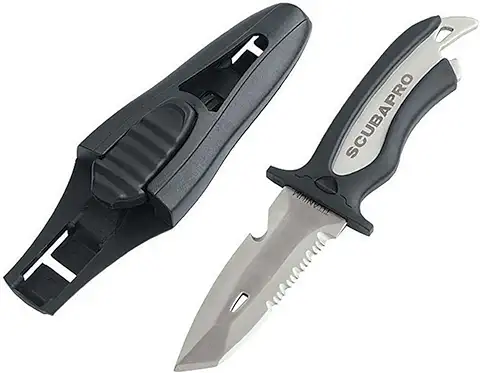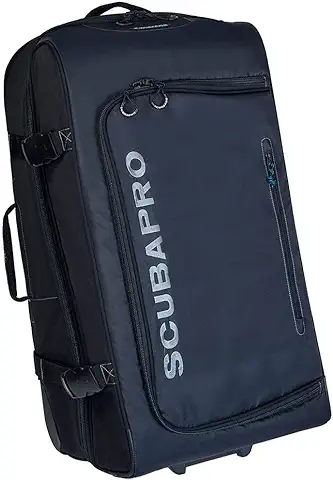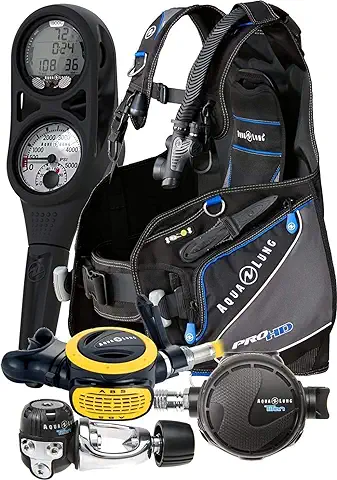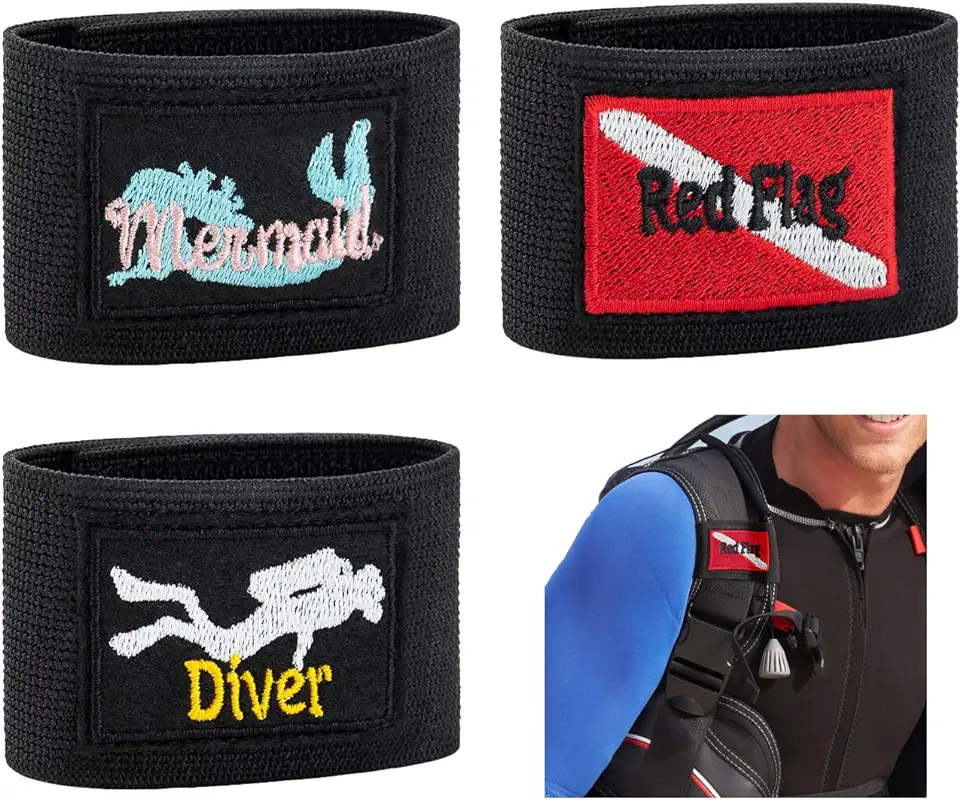EXPLORE MEXICO
LIVE IT TO BELIEVE IT
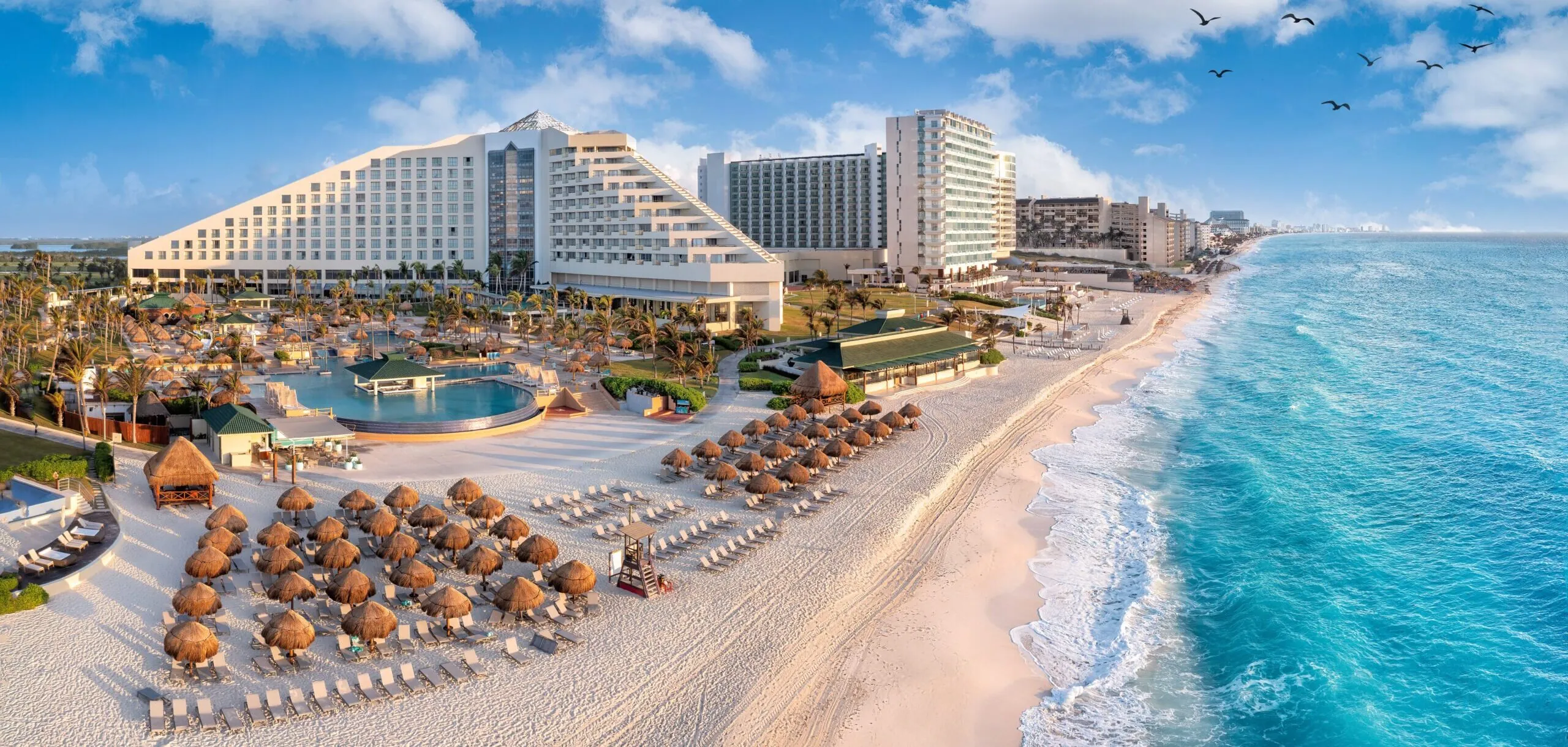
SCUBA DIVING IN MEXICO
From the Caribbean to the Pacific, Mexico offers a range of coasts, topographies and marine life for divers to explore. Whether you’re looking to play with sea lions or swim with Great White Sharks, Mexico is the place to do it. Numerous cenotes make for exciting cave dives, while white sand beaches and turquoise waters delight beachgoers.

CURRENCY

LANGUAGES

TIME ZONE

PHONE/INTERNET

LOCATION

VOLTAGE

HURRICANE SEASON

DAYLIGHT SAVINGS
GETTING THERE
Passports
If you’re visiting from the U.S. (or most other countries), you will need a passport in order to enter Mexico.
Airports
Mexico’s main airport is the Mexico City International Airport (MEX), officially the Aeropuerto Internacional Benito Juárez
Transportation
Uber is available in most tourist hubs in Mexico, including Mexico City, where the main airport is located. Buses, rental cars and taxis are also readily available. Keep in mind, travel by public bus in Mexico can be difficult if you do not speak Spanish.
BEST SCUBA DIVING IN MEXICO
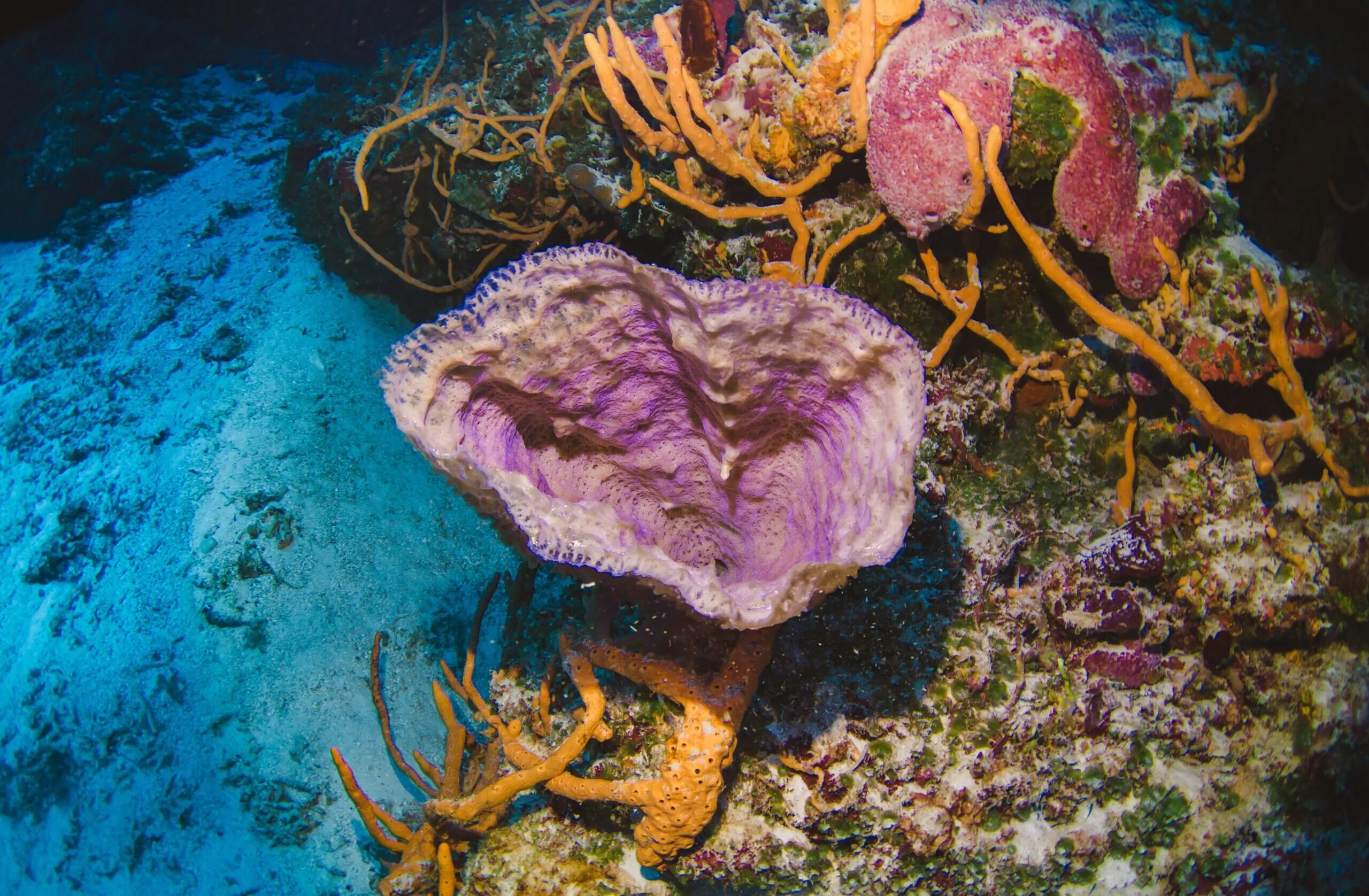
Cozumel, Palancar Reef
Cozumel's Palancar Reef is renowned for its dramatic drop-offs, vibrant coral formations, and abundant marine life. Divers can expect to see colorful sponges, sea fans, and schools of tropical fish, along with occasional encounters with sea turtles and eagle rays.
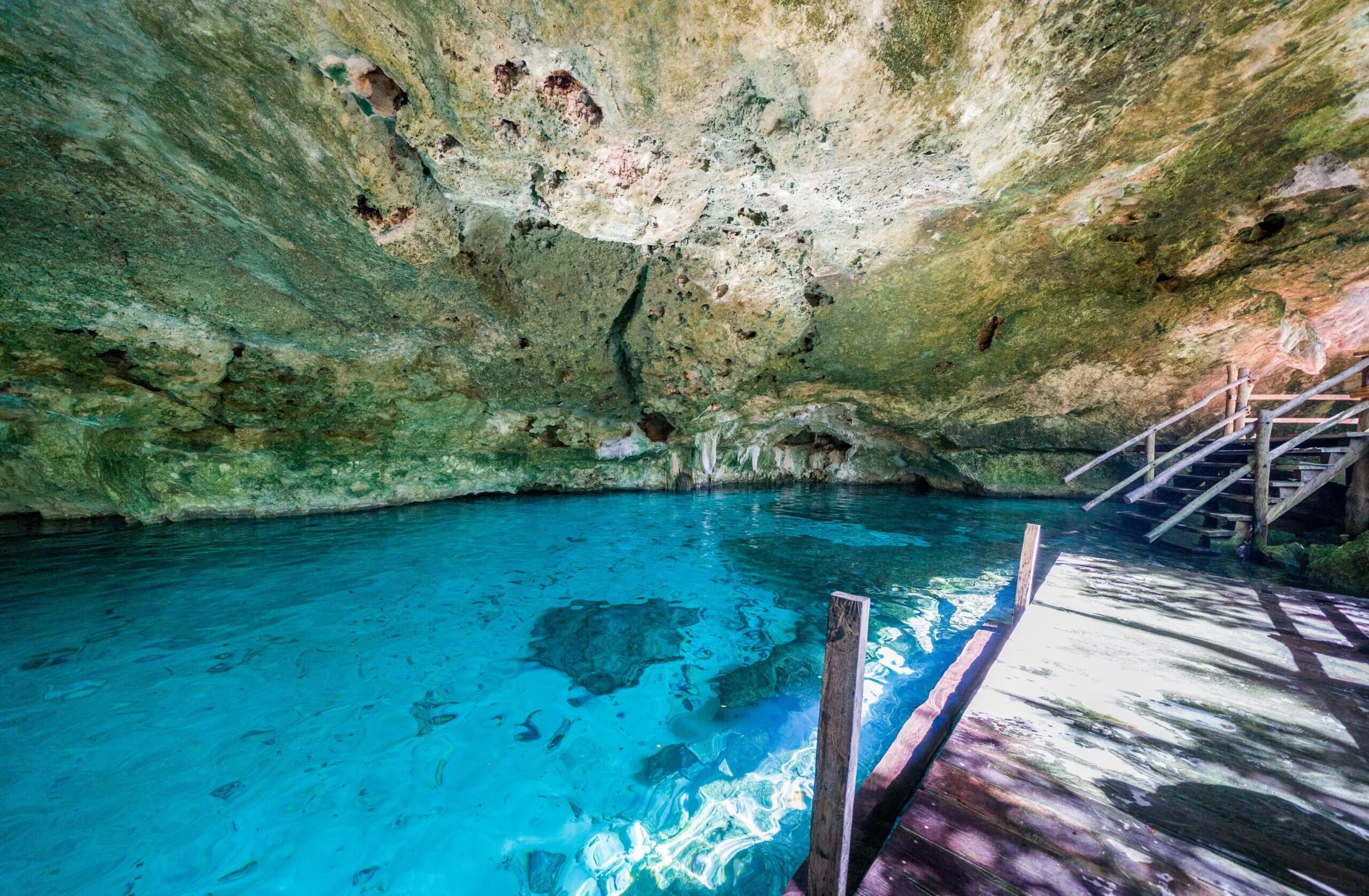
Cenote Dos Ojos, Tulum
This famous cenote offers divers a unique experience of freshwater cavern diving. With its crystal-clear waters, you can explore intricate underwater caves, stunning rock formations, and beams of sunlight piercing through the water, creating an otherworldly atmosphere.
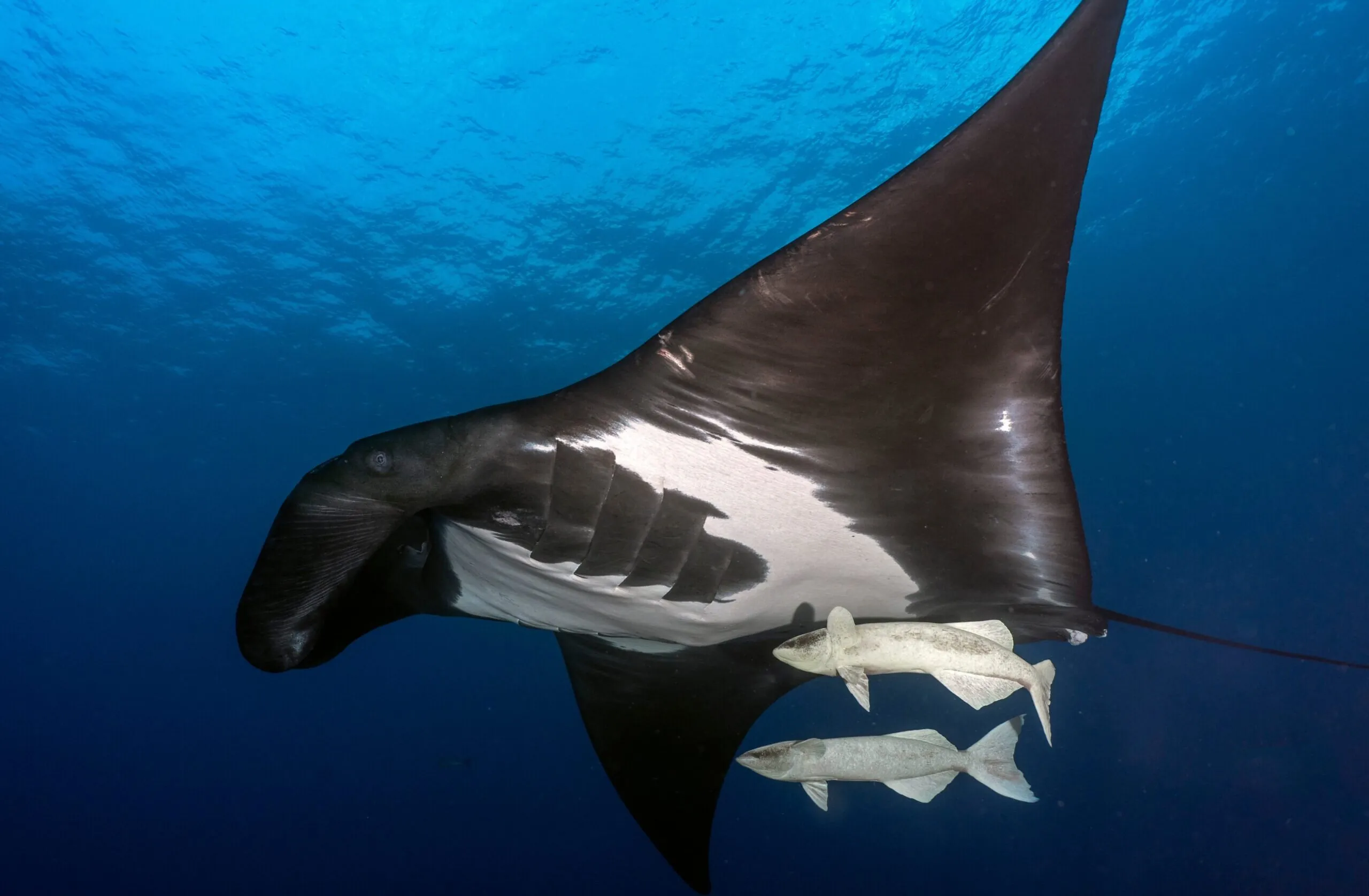
Socorro Island
Known as the "Galápagos of Mexico," Socorro Island is a magnet for large pelagic species. Divers here can swim alongside giant manta rays, dolphins, humpback whales, and various species of sharks, including the elusive hammerhead.
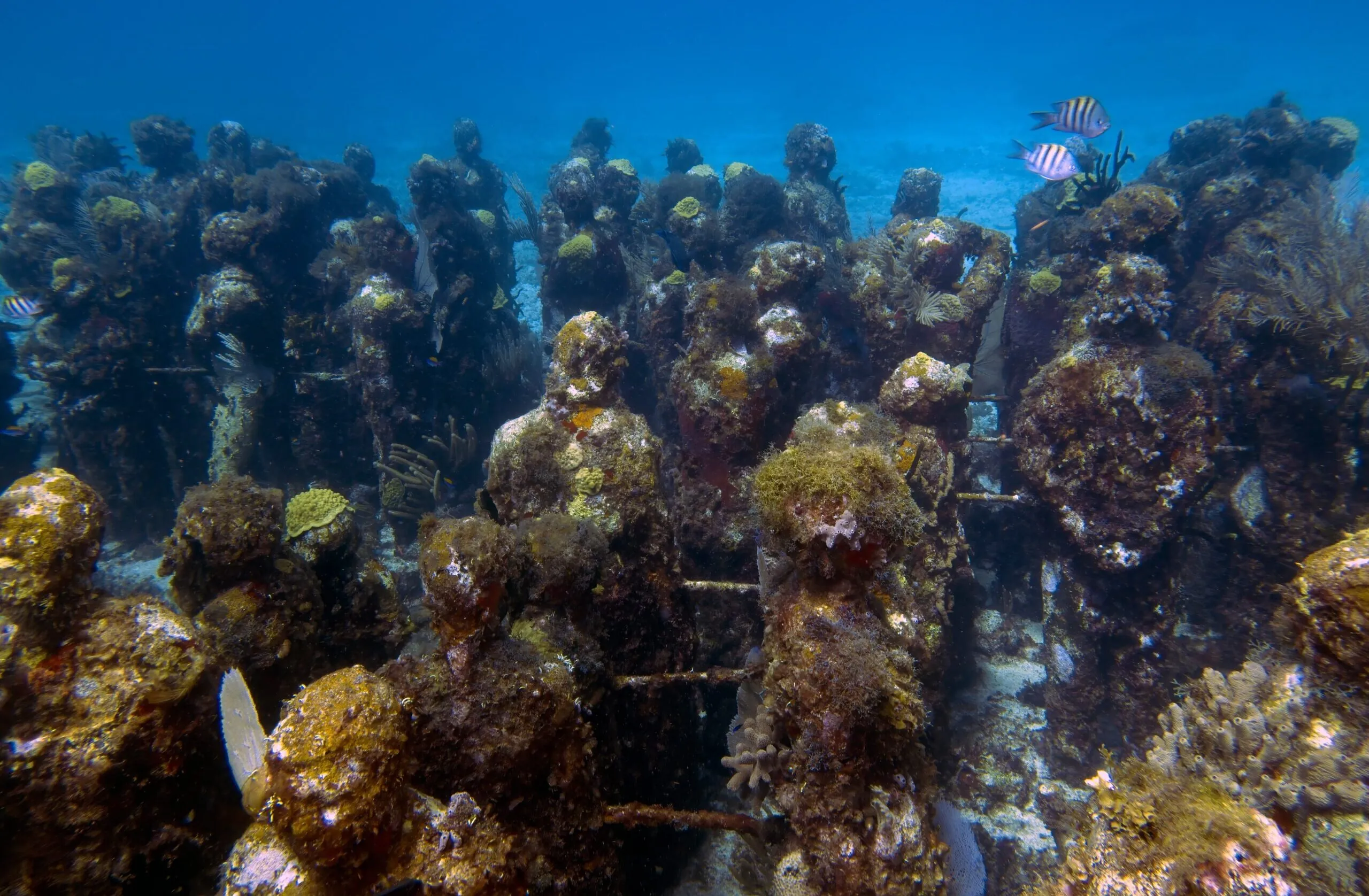
Isla Mujeres, MUSA (Museo Subacuático de Arte)
The underwater sculpture museum at Isla Mujeres is a unique dive site where art meets marine conservation. You'll see over 500 life-size sculptures, which have become artificial reefs, now teeming with corals, sponges, and a variety of fish species.
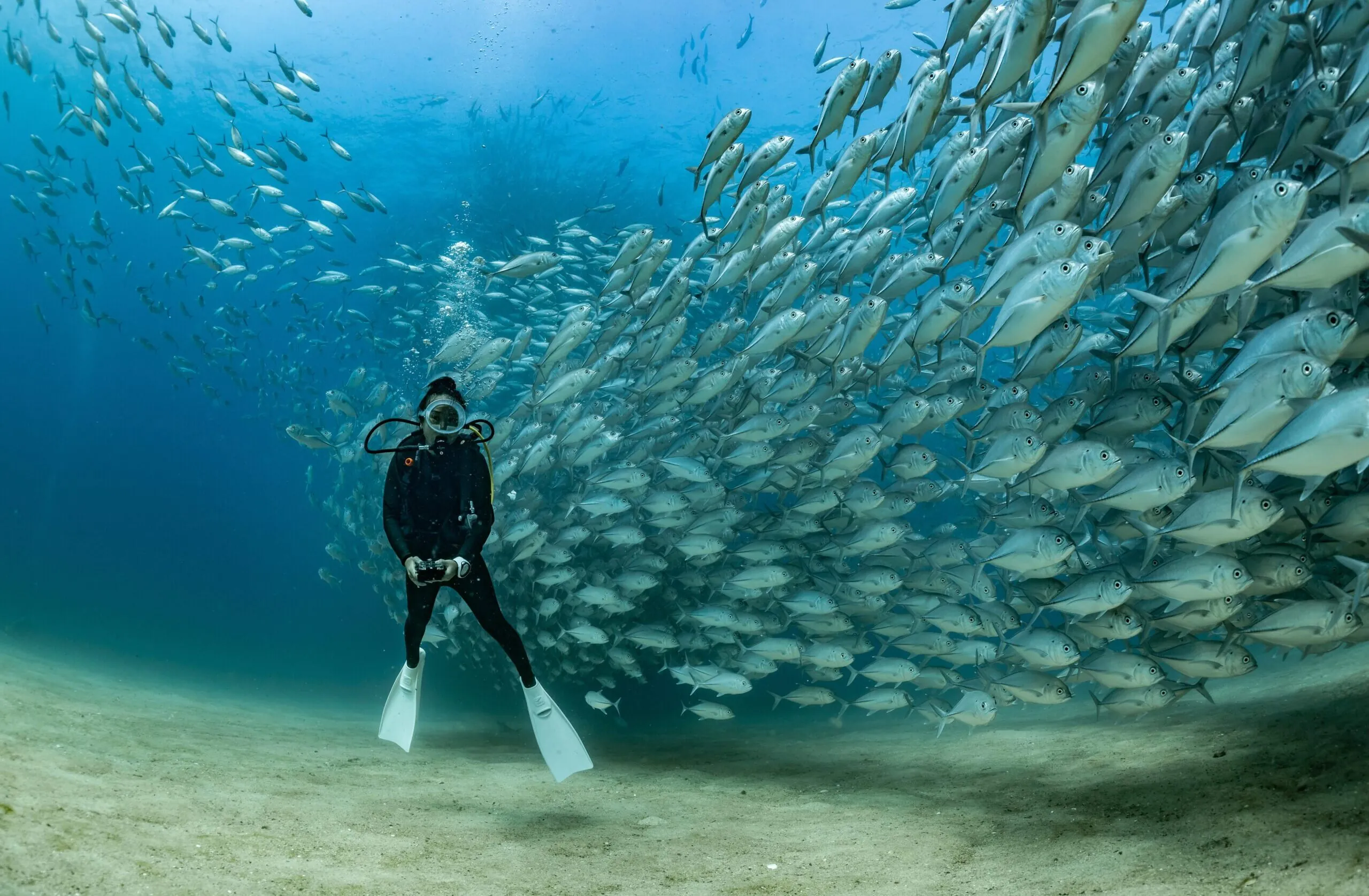
Cabo Pulmo, Baja California
Cabo Pulmo is home to one of the oldest and most successful marine reserves in Mexico. Here, divers can explore pristine coral reefs bustling with marine life, including large schools of jacks, groupers, and even the occasional whale shark.
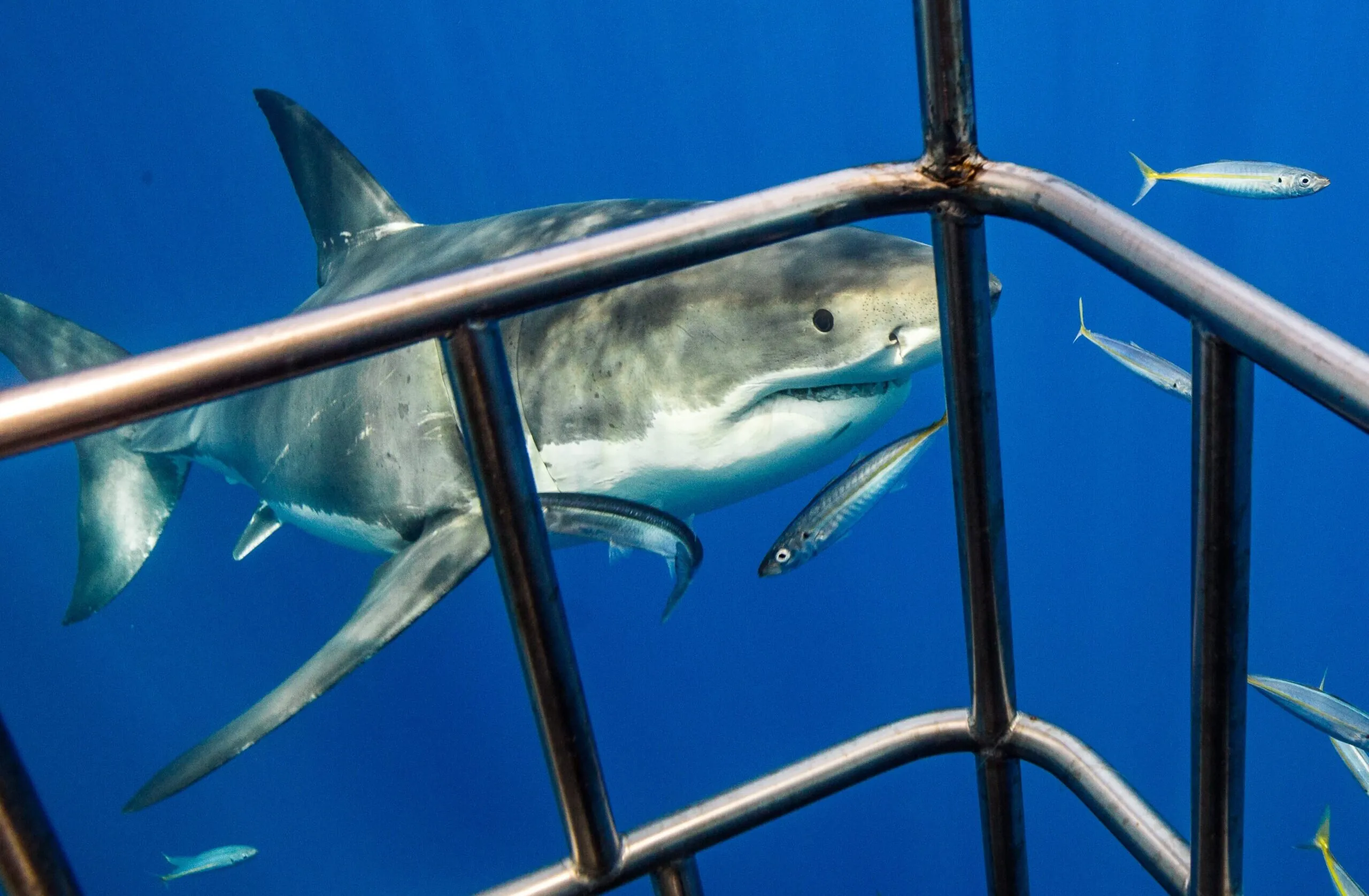
Isla Guadalupe
Isla Guadalupe is the ultimate destination for cage diving with great white sharks. The crystal-clear waters here provide an unparalleled view of these majestic predators, making it a thrilling experience for adventure-seekers.
Dive Conditions
Scuba diving in Mexico offers crystal-clear waters with excellent visibility, often ranging from 80 to 100 feet. The warm water temperatures, typically between 77°F and 82°F, make for comfortable diving year-round. Divers can explore vibrant coral reefs, unique underwater caverns, and encounter a diverse array of marine life, from colorful reef fish to majestic pelagic species.
WHEN TO GO
The best time to go scuba diving in Mexico is from November to May, when conditions are calm, and visibility is at its peak. During this period, the water is warm and clear, providing ideal conditions for exploring the stunning underwater landscapes and marine life.
WHAT YOU’LL SEE
When scuba diving in Mexico, you’ll encounter vibrant coral reefs teeming with colorful fish, sea turtles, and graceful rays. You might also explore unique underwater features like cenotes, with their mysterious caverns and crystal-clear freshwater, or dive with large pelagic species like whale sharks and manta rays in certain regions.

